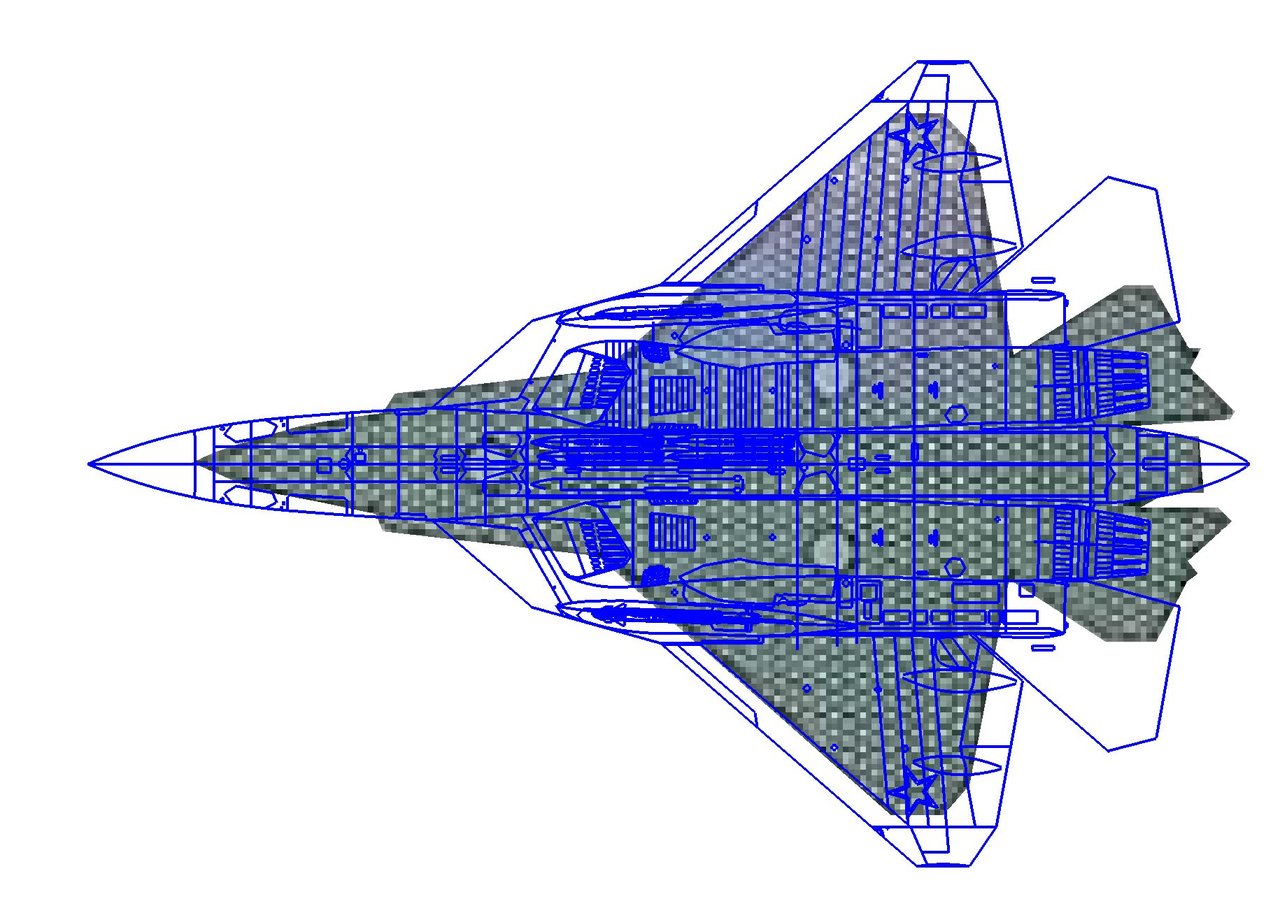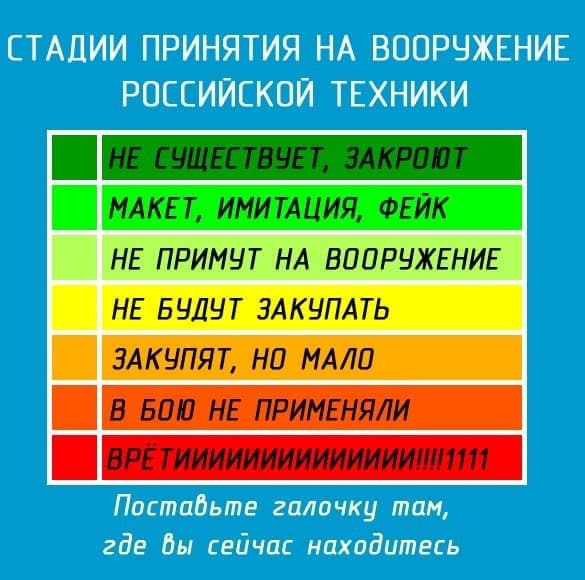...
Seriously, I know they claim to have used "supercomputing technologies" to aid in the design work, but high powered computing and software assistance has been the industry standard for a long time now. The fact that they managed to present a product this far along in development after only a single year is very impressive, even accounting for borrowed technology from it's older sister.
...
So, Checkmate is 'eT-75' or 'eSu-75', or 'eSu-XX'....
In the US; e.g. HPCMP 'CREATE', plus e.g. 'ADAPT'-software. For fixed wing it´s called 'CREATE-AV'. Used in e.g. the NGAD program. And for B-21. With regard to the F/A-XX 'analysis of alternatives', performance for over 5 million design geometries was evaluated that way, in a relatively very, very short time. Advanced virtual testing & engineering. To speed up things (much less physical testing, whether sub-scale or full-scale) and for getting interchangeable/modular options. 'Digital twins', goal is to have even such a twin for the smallest chip that has to go in the aircraft. Add to that advanced 3D-printing, for producing larger and/or more important components then we are used to see that way.
Whether HPC-virtual engineering will indeed end up delivering prototypes that are ready to go into production 'almost immediately', without the usual need to discover & fix a whole bunch of design-flaws first through elaborate test-flying, remains to be seen. Probably/reasonably they expect to still discover some flaws, but a whole lot less then with previous programs and previous computed designing.
Maybe just some 'minor' flaws that can/will be fixed later (fingers crossed), when they switch to production of a next iteration, or when they just dump the bird for a completely new one, after not much more then 8 to 10 years. At least that seems to be the intention at the moment.
So it didn´t surprise me that much when Will Roper said last year a full-scale NGAD-demonstrator had already been flown in the real world, the whole cycle to get from an initial design to a flying aircraft (which is really as good as hoped for, or maybe not so good after all) gets shortened. If they´ve flown it all the way they wanted without having been back to the 'drawing board' a few times, they´ll be extremely happy. Maybe the demonstrator was just to check if HPC & virtual engineering could indeed make them that happy, before starting in the same manner the real thing they would like to be so happy about. Probably it depends on to what extent they wanted to verify things, and what kind of results they´ve already achieved that way with other stuff.
Anyway, the Russians (unsurprisingly) seem to be taking a similar path.





